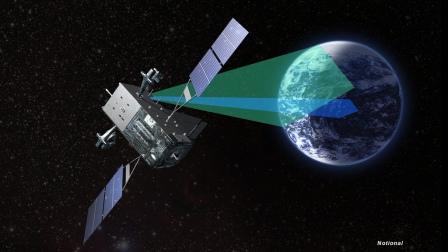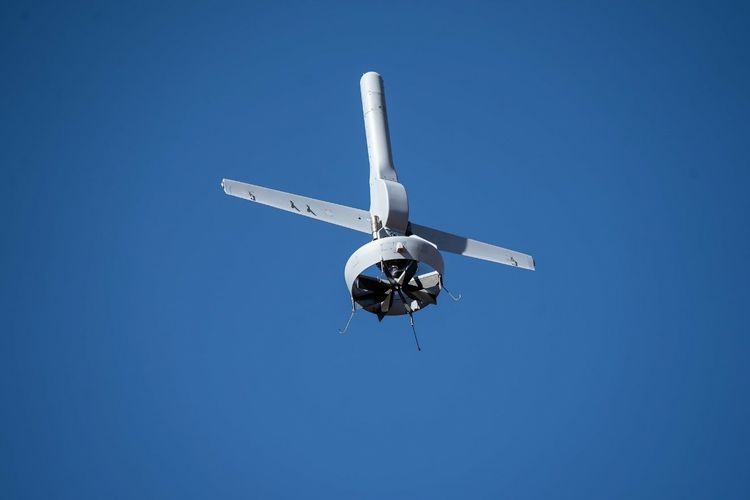
SUNNYVALE, CALIFORNIA (BNS): The US Air Force has awarded Lockheed Martin a $1.86 billion fixed-price contract to complete the production of the fifth and sixth Geosynchronous Earth Orbit (GEO) satellites, known as GEO-5 and GEO-6, for the Space Based Infrared System (SBIRS).
SBIRS provides the United States continuous early warning of ballistic missile launches and other tactical intelligence.
The Air Force awarded initial funding for the two satellites in a 2012 contract to complete non-recurring engineering activities and to procure select long lead parts. In 2013, the service awarded the advance procurement contract to secure additional long lead parts.
The SBIRS architecture includes a resilient mix of satellites in GEO, hosted payloads in Highly Elliptical Orbit (HEO), and ground hardware and software.
The GEO-1 and GEO-2 satellites both received Air Force Space Command Operational Acceptance in 2013, and have performance that matches, and in some cases exceeds, requirements.
On schedule for delivery at the end of 2014, GEO-3 currently is undergoing acoustic and thermal vacuum testing at Lockheed Martins Sunnyvale, California satellite manufacturing facility.
GEO-4 recently entered final assembly, integration and test.
Lockheed Martin is the SBIRS prime contractor, Northrop Grumman is the payload integrator. Air Force Space Command operates the SBIRS system.
 Previous Article
Previous Article Next Article
Next Article












The Indian Air Force, in its flight trials evaluation report submitted before the Defence Ministry l..
view articleAn insight into the Medium Multi-Role Combat Aircraft competition...
view articleSky enthusiasts can now spot the International Space Station (ISS) commanded by Indian-American astr..
view article